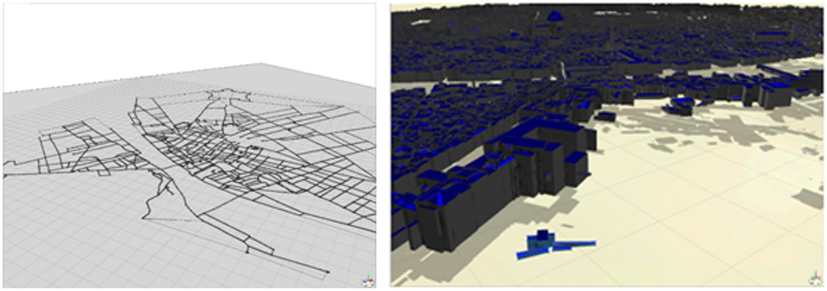
Respecting Historical Spatial Integrity: Building a Historical 3D Florence and Avoiding the Video Game
Abstract
This article explores the process by which the Digitally Encoded Census Information and Mapping Archive (DECIMA) endeavoured to create a complete interactive 3D urban map of sixteenth-century Florence. Originally, the project consisted of a projection of tax census data from 1551, 1561 and 1632 onto an axonometric visual map from our period of inquiry drawn by Stefano Buonsignori in 1584 georeferenced onto a contemporary map of the city. Transforming this into a threedimensional projection was a means to display census information with greater precision. However, this process was fraught with project accessibility and methodological considerations. DECIMA is first and foremost a web-based open access platform for research on the early modern city. Scaling the web application up to three- dimensions risked jeopardizing user accessibility. Finding sources to create a historical city proved difficult since much is known about major historical structures while the rest of the city’s minor architectural heritage remains elusive. To resolve these issues, DECIMA researchers opted for a recreation of the city designed to match the visuals of Buonsignori’s map, preserving the framework already utilized in the original project while making the finished product an optional feature for users to ensure accessibility was preserved. Utilizing urban digital design software City Engine, the existing geographic information system was scaled up into a 3D environment enhancing the precision of the data projection and offering opportunities for further technological enhancements to the web application for more in-depth research on Florence’s historic urban community.
Keywords
Full Text:
PDFRefbacks
- There are currently no refbacks.
Copyright (c) 2018 Eric Leonard Pecile
DISEGNARECON
ISSN 1828 5961
Registration at L'Aquila Law Court no 3/15 on 29th June, 2015.
Indexed in SCOPUS. Diamond Open Access. All papers are subjected to double blind peer review process by qualified reviewers.
Journal founded by Roberto Mingucci
